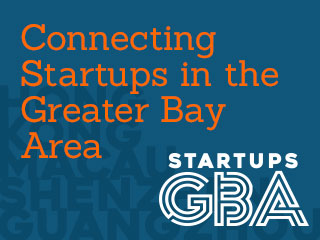Welcome to the Lost Decade (for Entrepreneurs, IPO’s and VC’s)
Posted on July 15, 2010 by steveblankIf you take funding from a venture capital firm or angel investor and want to build a large, enduring company (rather than sell it to the highest bidder), this isn’t the decade to do it. The collapse of the IPO market and dysfunctional math in the venture capital community has stacked the odds against you.
Here’s why.
The Golden Age for Entrepreneurs and VC’s
The two decades from 1979 when pension funds fueled the expansion of venture capital to 2000 when the dot-com bubble burst were the Golden Age for entrepreneurs and venture capital firms. VC’s were making investments every other financially prudent institution wouldn’t touch – and they were printing money.The system worked in predictable and profitable ways. VC’s invested their limited partners’ “risk capital” in a portfolio of startups in exchange for illiquid stock. Most of the startups they invested in either died by running out of money before they found a scalable business model or ended up in the “land of the living dead” by never growing (failing to Pivot.)
Another well thought out post by Steve Blank. One question, though, would this apply to local markets as well as more established markets within the US. It seems like the rules may not be consistent between these.



 14 July 2010 by Sophie
14 July 2010 by Sophie